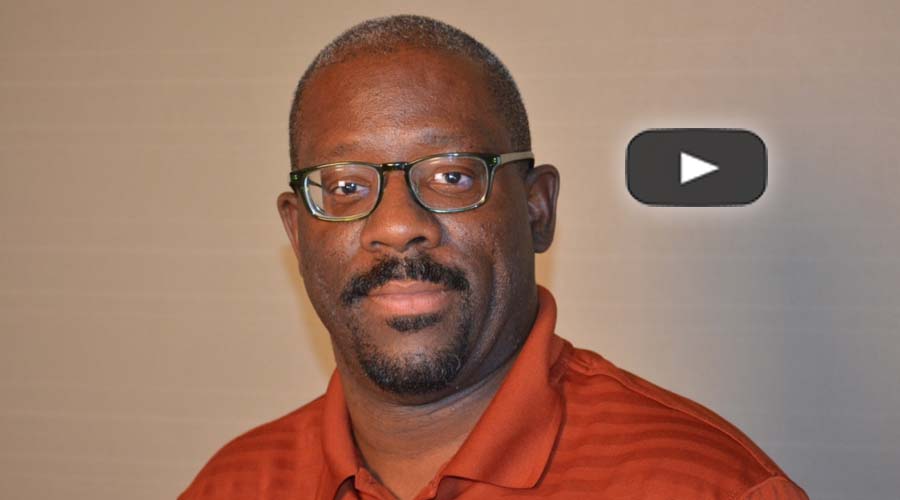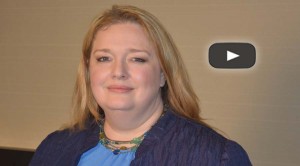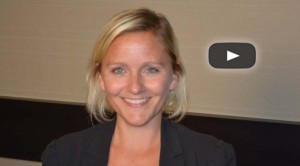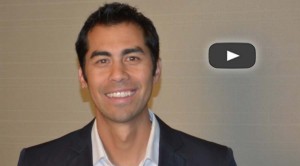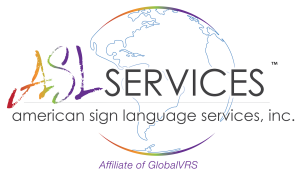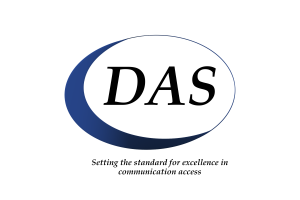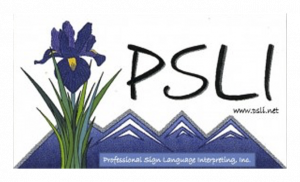
The field of sign language interpreting has the opportunity to leave organizational adolescence behind. By connecting their emotions to the challenging tasks ahead, interpreters can foster growth and move the field to the next level.
Historical Context
Last summer I was unable to attend RID’s Convention in New Orleans, or even watch the livestreaming. Instead I followed developments through Facebook friends’ posts and comments and tweets at the conference hashtag, #RIDNOLA15. Through the lens of social media, there were two conferences: one full of camaraderie, fellowship and happy reunions, the other full of angst. Meanwhile, the bold move by the Board to suspend certification testing was not completely without warning. I remember last year (2014), at the RID Region 1 Conference in Boston, President Dawn Whitcher did mention that the Board was exploring the possibility of alternative structures. The open question now is whether RID can grow up enough to pass through this coming-of-age opportunity.
Since I joined the profession in the late 1980s/early 1990s, I have been astonished and fascinated by the organizational and cultural dynamics. The general behavior patterns today compared with then—twenty-five years ago—are essentially the same. On the one hand, this is discouraging. On the other hand, Deaf presence and authority has increased, so there is obvious change! But new people entering the field continue to exhibit problematic behaviors and react to feedback in the same ways as most did back then, and Deaf people are still complaining about the same kinds of problems (especially inadequate fluency and lack of intercultural skills). In light of this, we do still have a professional organization dedicated to sign language interpreting! It is an incredible testament to our Past Presidents, Board Members and Staff that RID has never imploded from the pressure cooker of oppression versus social justice.
Making Sense of Where We Are, Here and Now
A tool that helps me make sense of the oppression-social justice pressure cooker is a descriptive model of group development called “the life cycle of groups” (Weber, 1982). Weber’s model draws on Bruce Tuckman’s (1965) famous four stages of group development (forming, storming, norming, performing) and refines it. Weber’s additional details on the interpersonal, leadership and task issues that a group has to resolve at each stage provide insight into some of the long-standing issues RID members must face.
Weber renames the stages Infancy, Adolescence, Adulthood and Transforming. As you can guess, Adolescence corresponds with Tuckman’s Storming phase. The behavior patterns of a group’s Adolescence include emotional responses (e.g., anger, frustration, confusion) to the demands of being an organization (such as developing and following rules), attacks on leadership, and a need for order (which may or may not be a conscious realization of every member). What are the interpersonal, leadership and task issues of a group that bring out such emotionally-inspired behavior?
For a group to move through Adolescence to Adulthood, members have to deal with matters of power and influence while maintaining individuality and questioning differences. This is a tall order for anyone, in every group! The acid test involves the decision-making process: coming to agreement on how the organization says it will make decisions, and then how well the organization conforms to how it says it will make decisions.
In short, individuals a) need confidence in the group’s processes and b) to work through their personal needs for control in order for the group, overall, to grow.
Inside/Out
I happened to see the Pixar movie about emotions soon after the conference ended. Inside/Out is a dramatization of the inner life of a young girl whose life gets upended when her parents move from a town in Minnesota to San Francisco. We witness the play of the five basic emotions—joy, sadness, anger, fear, disgust—in her mind, and also see the results of how she’s feeling in her behavior. Two comments from friends who also saw the movie stuck with me. One friend was glad that the film “showed the reality that you cannot have joy without sadness.” The other friend noticed “how hard joy has to work in order to have any effect.”
Applying Pixar to RID, I realized that what I first thought of as two different conferences (as it appeared via social media) was instead a demonstration of how different people (or the same person at different times) at #RIDNOLA15 were expressing only three of the basic emotions: anger, disgust and joy. Missing were fear and sadness. While watching Inside/Out, I noticed something about the relationships among all five emotions. I actually went back to watch it a second time in order to confirm my observation. In the daughter’s mind, Joy is the leader. She corrals and herds Sadness, Fear, Disgust and Anger, and they look to her to do this.
The mom’s mind is different.
A Counter-Intuitive Way Forward?
The mom’s emotions are guided by Sadness.
This has left me wondering if the members of RID are locked into something called “Basic Assumption Groups.” The idea comes from a psychoanalytic approach to reading the unconscious of a group based on the behaviors of its members. Are we locked into sides: anger and disgust battling joy? Meanwhile, fear is largely unexpressed (except disguised as anger or disgust), and sadness rarely enters the conversation (even though it is ever-present).
If we consider Weber’s “life cycle of groups” seriously, it offers insight into why groups get stuck in adolescence. There’s foundational work that needs to be done in “infancy,” the stage before the storm. If this is left un-done (or not done well, or needs to be re-done), group members do not share enough common expectations about what the organization can and should do.
The major intra-personal and interpersonal task of the infancy/forming stage of a group involves membership criteria. Individual members have to work through their own inclusion issues: if they do or do not want to belong. It seems that President Whitcher and the Board have given us a chance to rebirth the organization and re-define RID from the ground up.
Discussion Questions:
- Do you agree with the author that the patterns of behavior in the organization are about the same as they were twenty-five years ago? Why or why not?
- Does the framework of the “life cycle of groups” seem like a good tool for analyzing what’s going on with the organization and its members? Why or why not?
- Do you have different or additional ideas about the emotions expressed during/about the 2015 RID Convention?
- How do you managed your personal need for control?
Related Posts:
Interpreter Education: History is a Relentless Master with Dennis Cokely and Anna Witter-Merithew
Does the Past Hold the Answer to the Future of Sign Language Interpreting? by Carolyn Ball
Modern Questor: Connecting the Past to the Future of the Field by Lynnette Taylor
References:
Tuckman, Bruce. (1965). “Developmental Sequence in Small Groups.” Psychological Bulletin63(6): 384-399.
Weber, Richard C. (1982). The Group: A Cycle from Birth to Death, in Reading Book for Human Relations Training, 7th Edition. L. Porter and B. Mohr, Eds. Alexandria, VA: NTL Institute.

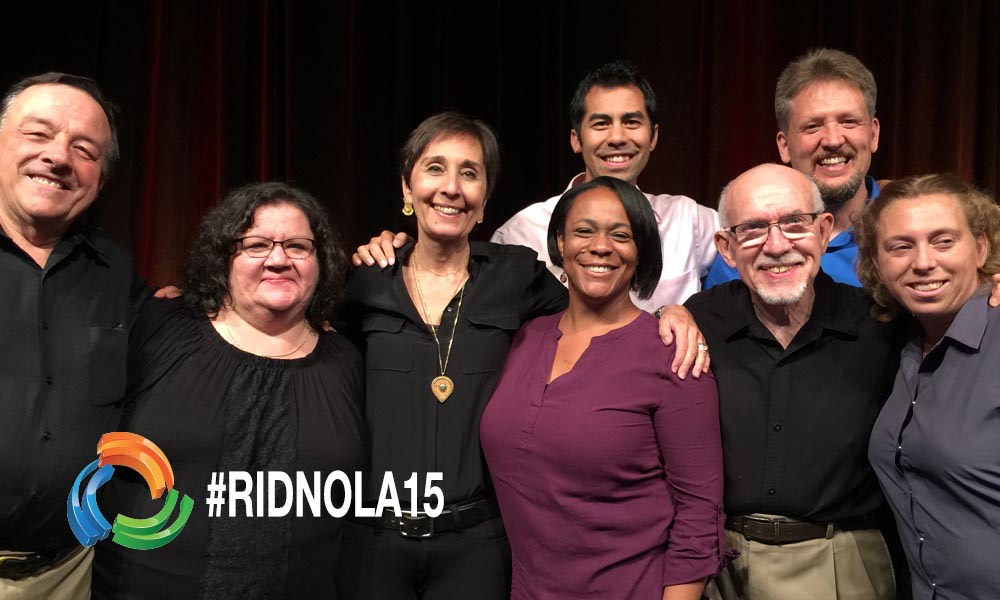
 As the noise of Bourbon Street fades to allow a framing of the developments at the 2015 RID conference held August 8-12th in New Orleans, LA, questions linger regarding the suspension of performance testing. With some time and the visibility sought from the results of the risk assessment expected in November, we hope for greater clarity for the path forward. For more coverage on the credentialing moratorium click
As the noise of Bourbon Street fades to allow a framing of the developments at the 2015 RID conference held August 8-12th in New Orleans, LA, questions linger regarding the suspension of performance testing. With some time and the visibility sought from the results of the risk assessment expected in November, we hope for greater clarity for the path forward. For more coverage on the credentialing moratorium click 